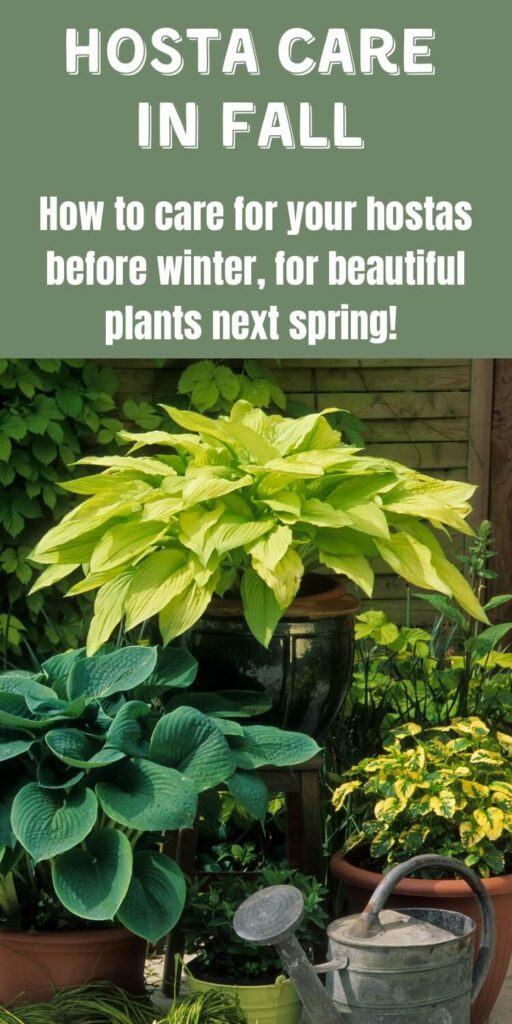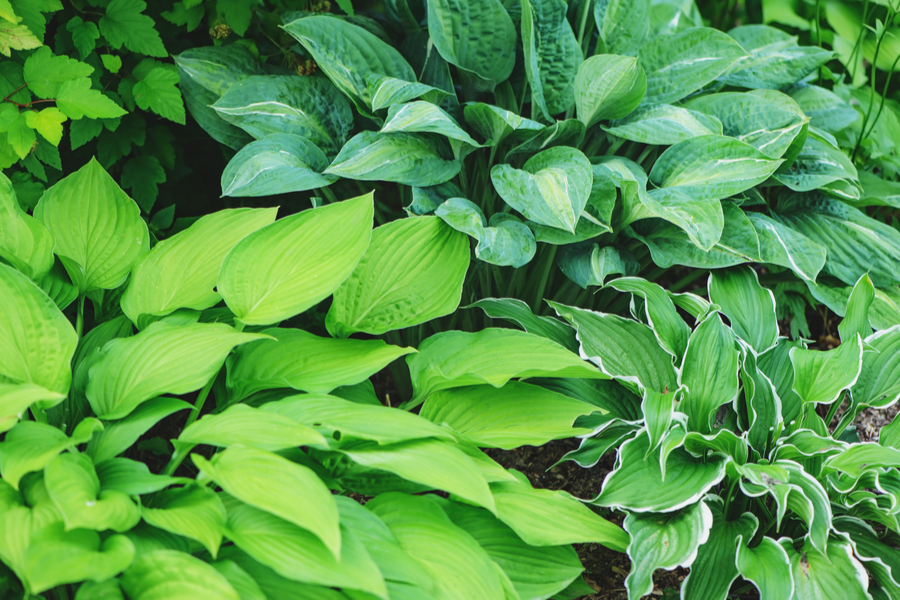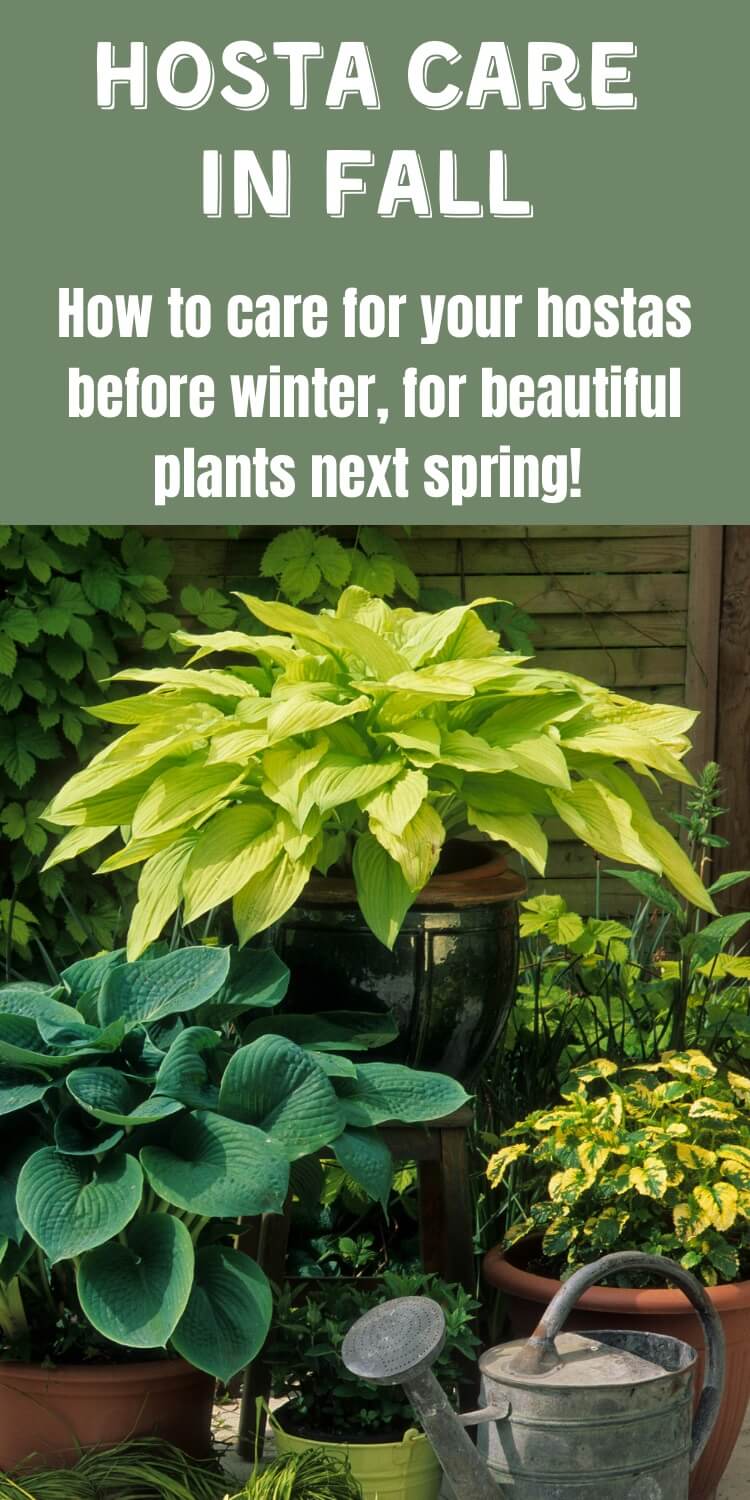Unlocking the Secrets to Hosta Happiness
Hostas are one of the most popular and versatile perennials in the gardening world, and for good reason. With their stunning foliage, vibrant colors, and low-maintenance requirements, it’s no wonder why gardeners of all levels adore these beautiful plants. However, to truly unlock the secrets to hosta happiness, it’s essential to understand the specific needs of these plants and provide them with the proper care and attention. By doing so, you’ll be rewarded with lush, thriving hostas that will add beauty and elegance to your garden for years to come.
When it comes to learning how to care for a hosta, it’s essential to start with the basics. Hostas are shade-loving plants that thrive in environments with partial to full shade, making them an ideal choice for gardens with limited sunlight. They also prefer well-draining soil that is rich in organic matter, which helps to retain moisture and suppress weeds. By providing your hostas with the right environment, you’ll be setting them up for success and ensuring they receive the care they need to flourish.
In addition to providing the right environment, it’s also crucial to understand the importance of proper watering techniques. Hostas need consistent moisture, especially during the first growing season, but overwatering can be detrimental to their health. By checking the soil regularly and adjusting your watering schedule accordingly, you’ll be able to provide your hostas with the right amount of hydration to promote healthy growth and development.
By following these simple tips and providing your hostas with the proper care and attention, you’ll be well on your way to unlocking the secrets to hosta happiness. Whether you’re a seasoned gardener or just starting out, with the right knowledge and techniques, you’ll be able to enjoy the beauty and benefits of these incredible plants for years to come.
Choosing the Right Environment for Your Hosta
When it comes to learning how to care for a hosta, selecting the right environment is crucial for its health and longevity. Hostas are shade-loving plants that thrive in environments with partial to full shade, making them an ideal choice for gardens with limited sunlight. However, it’s essential to note that hostas can tolerate some morning sun, especially in cooler climates.
In addition to shade, hostas also require well-draining soil that is rich in organic matter. This helps to retain moisture, suppress weeds, and regulate soil temperature. When choosing a location for your hosta, ensure that the soil is fertile and has a pH between 6.0 and 7.0. Avoid planting hostas in areas with standing water or where water tends to collect, as this can lead to root rot and other problems.
Another critical factor to consider when selecting a location for your hosta is wind protection. Hostas have large, delicate leaves that can be damaged by strong winds, so it’s essential to provide some protection. Planting hostas near a wall, fence, or other windbreak can help to shield them from harsh winds and prevent damage.
When selecting a location for your hosta, also consider the moisture levels in the area. Hostas prefer consistent moisture, especially during the first growing season. However, they can adapt to a range of moisture levels, from dry to wet. If you’re planting hostas in an area with low rainfall, ensure that you provide supplemental watering to keep the soil consistently moist.
By choosing the right environment for your hosta, you’ll be setting it up for success and ensuring it receives the care it needs to thrive. Remember to consider factors like shade, soil quality, wind protection, and moisture levels when selecting a location for your hosta, and you’ll be well on your way to becoming a hosta expert.
Watering Your Hosta: The Art of Hydration
Proper watering is a crucial aspect of learning how to care for a hosta. Hostas need consistent moisture, especially during the first growing season, but overwatering can be detrimental to their health. The key is to find the right balance between keeping the soil moist and avoiding waterlogged soil.
The frequency of watering depends on several factors, including soil moisture, humidity, and temperature. As a general rule, hostas need about 1-2 inches of water per week, either from rainfall or irrigation. However, this can vary depending on the specific climate and soil conditions.
To determine if your hosta needs watering, simply stick your finger into the soil up to the first knuckle. If the soil feels dry, it’s time to water. If it’s already moist, you can wait another day or two before watering again.
When watering your hosta, make sure to water deeply but infrequently. This encourages the roots to grow deeper into the soil, making the plant more drought-tolerant. Avoid frequent shallow watering, as this can lead to weak and shallow roots.
It’s also essential to avoid getting water on the leaves or crown of the plant, as this can lead to rot and other problems. Instead, water at the base of the plant, allowing the soil to absorb the moisture.
By mastering the art of hydration, you’ll be able to provide your hosta with the right amount of moisture to promote healthy growth and development. Remember to monitor the soil moisture, humidity, and temperature, and adjust your watering schedule accordingly.
Fertilizing Your Hosta: Feeding for Success
Fertilizing is an essential part of learning how to care for a hosta. Hostas are heavy feeders and require regular fertilization to promote healthy growth and development. However, it’s crucial to choose the right type of fertilizer and apply it at the right time to avoid overfertilizing.
When selecting a fertilizer for your hosta, look for a balanced, water-soluble fertilizer that contains equal amounts of nitrogen, phosphorus, and potassium (NPK). A 10-10-10 or 20-20-20 NPK fertilizer is ideal for hostas. Avoid using high-nitrogen fertilizers, as they can promote weak and leggy growth.
Apply the fertilizer in the early growing season, typically in late spring or early summer. Follow the instructions on the fertilizer package for the recommended application rate. It’s also essential to water the fertilizer in thoroughly to prevent burning the roots.
In addition to regular fertilization, hostas also benefit from occasional feeding with a high-phosphorus fertilizer. This promotes healthy root growth and development, which is essential for the plant’s overall health.
When applying fertilizer, avoid getting it on the leaves or crown of the plant, as this can cause burning. Instead, apply the fertilizer at the base of the plant, allowing the soil to absorb the nutrients.
By fertilizing your hosta regularly and using the right type of fertilizer, you’ll be able to promote healthy growth and development. Remember to follow the instructions on the fertilizer package and avoid overfertilizing, as this can cause more harm than good.
Pruning and Grooming: Maintaining Your Hosta’s Appearance
Pruning and grooming are essential parts of learning how to care for a hosta. Regular pruning helps to maintain the plant’s appearance, promotes healthy growth, and prevents disease. By removing dead or damaged leaves, you can encourage new growth and prevent the spread of disease.
When pruning your hosta, use clean, sharp tools to prevent spreading disease. Remove any dead or damaged leaves, and cut back any leggy stems to encourage bushy growth. You can also shape the plant to maintain its desired shape and size.
One of the most important things to remember when pruning your hosta is to remove any flower stalks after blooming. This will help to direct the plant’s energy towards leaf growth and prevent seed production. You can also remove any seed pods that form after blooming to prevent self-seeding.
In addition to pruning, regular grooming is also essential for maintaining your hosta’s appearance. Remove any debris or dead leaves from the plant, and gently wash the leaves with water to remove any dirt or dust. This will help to keep the plant looking its best and prevent disease.
By pruning and grooming your hosta regularly, you can help to maintain its appearance and promote healthy growth. Remember to use clean, sharp tools, and remove any dead or damaged leaves to prevent the spread of disease.
Pruning and grooming are also important for preventing pests and diseases from affecting your hosta. By removing any infested or infected leaves, you can help to prevent the spread of disease and prevent pests from taking hold. Regular pruning and grooming can also help to improve air circulation around the plant, which can help to prevent disease.
Pest and Disease Control: Protecting Your Hosta from Harm
Hostas are generally hardy plants, but they can still be susceptible to pests and diseases. Learning how to care for a hosta includes understanding how to prevent and treat common problems. By taking proactive steps, you can protect your hosta from harm and ensure it remains healthy and thriving.
One of the most common pests that can affect hostas is slugs and snails. These pests can cause significant damage to the leaves and flowers, and can even kill the plant if left unchecked. To prevent slug and snail infestations, use copper tape or crushed eggshells around the base of the plant to deter them. You can also use organic baits or traps to capture and remove the pests.
Another common problem that can affect hostas is leaf spot. This fungal disease causes small, circular spots to form on the leaves, and can spread quickly if left untreated. To prevent leaf spot, ensure good air circulation around the plant, and remove any infected leaves to prevent the disease from spreading. You can also use fungicides to treat the disease, but be sure to follow the instructions carefully to avoid harming the plant.
Other common pests and diseases that can affect hostas include aphids, whiteflies, and root rot. To prevent these problems, ensure good garden hygiene, and remove any weeds or debris that can harbor pests and diseases. You can also use organic or chemical controls to treat infestations and infections, but be sure to follow the instructions carefully to avoid harming the plant.
By taking proactive steps to prevent pests and diseases, you can protect your hosta from harm and ensure it remains healthy and thriving. Remember to monitor your plant regularly, and take action quickly if you notice any problems. With proper care and attention, your hosta can thrive for years to come.
Dividing and Repotting: Giving Your Hosta Room to Grow
As hostas grow and mature, they may need to be divided and repotted to maintain their health and vigor. Dividing and repotting is an essential part of learning how to care for a hosta, and can help to promote healthy growth and prevent overcrowding.
To determine if your hosta needs to be divided and repotted, look for signs of overcrowding, such as leaves that are growing on top of each other or roots that are growing out of the pot. You can also check the roots by gently removing the plant from its pot and inspecting the root system. If the roots are circling or growing out of the pot, it’s time to divide and repot.
To divide and repot your hosta, start by carefully removing the plant from its pot and gently washing away any excess soil. Use a sharp, sterile knife or garden fork to separate the roots, making sure each division has at least one growing point. Replant the divisions in a well-draining potting mix, and water thoroughly to settle the soil.
When repotting your hosta, choose a pot that is only slightly larger than the previous one. This will help to prevent the soil from becoming too wet and reduce the risk of root rot. Use a well-draining potting mix, and water thoroughly to settle the soil.
After repotting, keep the soil consistently moist but not waterlogged. Avoid fertilizing for a few weeks after repotting, as this can cause the plant to become stressed. With proper care and attention, your hosta should thrive in its new pot and continue to provide beautiful foliage and flowers for years to come.
Common Mistakes to Avoid: Troubleshooting Hosta Care
When learning how to care for a hosta, it’s essential to avoid common mistakes that can harm the plant. By understanding what to avoid, you can provide the best possible care for your hosta and ensure it thrives in your garden.
One of the most common mistakes to avoid is overwatering. Hostas don’t like wet feet, and too much water can cause the roots to rot. Make sure to check the soil moisture regularly, and only water when the soil feels dry to the touch.
Another mistake to avoid is underwatering. Hostas need consistent moisture, especially during the first growing season. Make sure to water your hosta regularly, but avoid getting water on the leaves or crown of the plant.
Poor soil quality is another common mistake to avoid. Hostas prefer well-draining soil that is rich in organic matter. Avoid using heavy clay or sandy soils, and instead opt for a mix of compost, peat moss, and perlite.
Not providing enough shade is another mistake to avoid. Hostas prefer partial to full shade, especially in warmer climates. Make sure to provide your hosta with enough shade, especially during the hottest part of the day.
By avoiding these common mistakes, you can provide the best possible care for your hosta and ensure it thrives in your garden. Remember to monitor your plant regularly, and take action quickly if you notice any problems.







